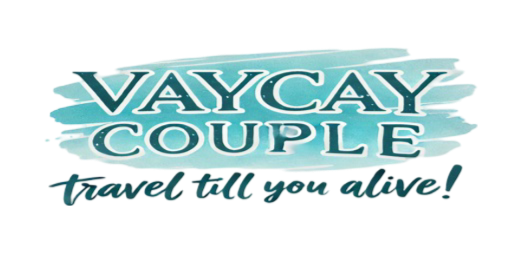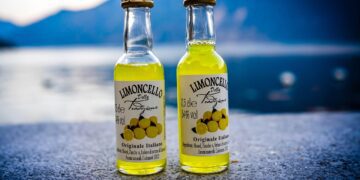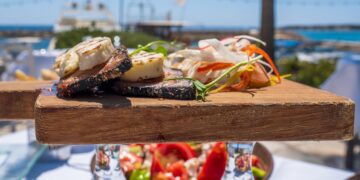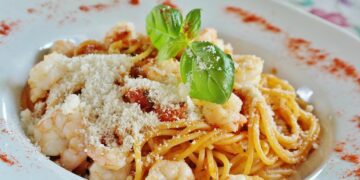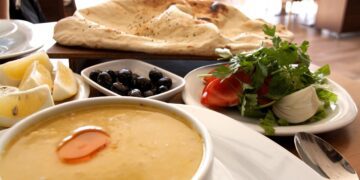A Cuba travel guide to an island of pastel mansions and rum-scented plazas, where rhythm hums through tobacco valleys, coral cays, and ’50s Chevy-lined boulevards.
Written by VayCay Couple – last explored April 2025
Why Cuba sits high on any Caribbean short-list
- Tourist card now covers 45 days, fee £25 (source: gov.uk).
- A new Hop-On airport bus reaches Old Havana in 40 minutes, fare 5 CUC.
- ETECSA eSIM—10 GB for 25 CUC—activates in five minutes at Terminal 3.
- Viñales national-park entry remains 4 CUC, price unchanged since 2023.
In one week you can sip cane-juice mojitos under Spanish arches, smoke hand-rolled puros beside red-soil farms and snorkel shelves where parrotfish outnumber beach-goers.
Don’t forget to check out our other adventures & guides in the Caribbean:
Dominican Republic Travel Guide
Exploring Punta Cana: A Tropical Paradise
Reading time: 11 minutes.
1. Cruise the Malecón at Golden Hour
Nothing beats a six-kilometre ride along Havana’s wave-splashed boulevard in a cherry-red ’57 Bel Air. Negotiate 25 CUC for 45 minutes; drivers park near Parque Central. Ask for the stop outside Hotel Nacional, sunset paints sea and façades in apricot tones.
Snapshot
| Detail | Note |
|---|---|
| Price | 25 CUC per car |
| Best light | 18:30 in July |
| Tip | Bring small bills—drivers rarely carry change |
2. Two Squares, One Story: Habana Vieja
Stand on Plaza de Armas beneath ceiba trees where Havana was founded in 1519. Wander five minutes east and reach Plaza Vieja, a baroque stage for coffee carts and children chasing pigeons. Climb the Cámara Oscura tower (1 CUC) for a 360-degree panorama that rivals drone shots.
Insider hint: Many façades hide inner courtyards open to visitors. Knock, smile and you may see tile murals or a wandering peacock.
3. Havana Highlights at a Glance
• Plaza Vieja rooftop lookout – lift ticket 1 CUC, 10:00-18:00 (source: Plaza Vieja Lifts, +53 7 860 6445)
• Museo Nacional de Bellas Artes – entry 8 CUC, Tue-Sun 09:00-17:00 (source: Trocadero e/ Agramonte, +53 7 863 9483)
• Fábrica de Arte Cubano – cover 5 CUC after 20:00, Wed-Sun (source: Calle 26 y 11, +53 7 838 2260)
• Capitolio walk-through – guide fee 4 CUC, tours hourly 09:00-15:00
• La Bodeguita del Medio – mojito 3 CUC, noon-midnight (source: Empedrado 206)
4. Tobacco Roots in Viñales
| Activity | Highlight | Booking info |
|---|---|---|
| Dry-barn visit | Watch curing leaves strung on poles | Farmer’s porch, tip 3 CUC |
| Horseback loop | Red-soil trails ringed by limestone mogotes | José’s Ranch kiosk, 15 CUC two hours |
| Cueva del Indio boat | 300 m underground river | Ticket hut 5 CUC, 08:30-17:30 |
Stay in a coral-painted casa on Calle Salvador Cisneros, quiet at dusk yet two minutes’ walk to live son bands.
5. Sun, Sand & Salt: Varadero and the Cays
| Beach | Vibe | Snorkelling? | Access |
|---|---|---|---|
| Varadero Playa Azul | 18 km white arc, resort bars | Patch reef 75 m offshore | Viazul coach 3.5 h |
| Cayo Santa María | Calm shallows, all-inclusive strips | Easy tours | Daily link bus Santa Clara |
| Cayo Levisa | Rustic huts, hammocks | Coral wall 300 m out | Ferry Palma Rubia 30 min |
| Guardalavaca | Family sands, grill shacks | Tour boats | Holguín shuttle 1 h |
Photo tip: Frame a sand-speckled bottle of Bucanero beer against the mirror-flat sea at Cayo Levisa, Instagram gold.
6. Casa Particular 101
| Feature | Pros | Cons |
|---|---|---|
| Breakfast add-on | Eggs, guava, espresso 4 CUC | Fixed early hour |
| Wi-Fi voucher | Hour card available | Speed dips at night |
| Host insight | Tips on hidden peso cafeterías | Less privacy than a hotel |
| Price | 15-35 CUC room for two | Cash only |
Ask hosts about “paladares” (family eateries). They often reserve a table you’d never spot on Google Maps.
7. Quick Bites & Slow Dinners
| Stop | Dish | Rough price |
|---|---|---|
| Doña Eutimia, Habana Vieja | Ropa vieja + rice | 5 CUC |
| La Guarida, Centro | Rabbit in red wine, rooftop view | 22 CUC |
| El Rum Rum de la Habana | Octopus ceviche + live trio | 12 CUC |
Budget meal: Pizza slice at a street “ventanita” costs 0.40 CUC, fold it, eat while walking.
8. Transport Guide
| Mode | Route | Cost | Time |
|---|---|---|---|
| Viazul coach | Havana – Viñales | 12 CUC | 3 h |
| Taxi colectivo | Havana – Trinidad | 30 CUC seat | 5 h |
| Ferry | Palma Rubia – Cayo Levisa | 12 CUC | 30 min |
| Domestic flight | Havana – Santiago | 110 CUC | 1 h 35 m |
Tip: Reserve Viazul online one month ahead; seats sell out, especially around Revolution Day.
9. Money & Connectivity
- ATM service charge 5 CUC, withdrawal cap 120 CUC.
- ETECSA eSIM 10 GB, 25 CUC, valid 30 days.
- Wi-Fi cards 1.50 CUC an hour; best afternoon speed at Parque Fe del Valle.
- Cash rules pesos cafés, casas and vintage taxis—carry small bills.
10. Festivals & Events 2025
| Date | Event | Why go |
|---|---|---|
| 24-28 Jan | Jazz Plaza | Street jam sessions, theatre gigs |
| 8-12 Apr | Habano Week | Rolling demos, rum pairings |
| 26 Jul | National Rebellion Day | Plaza military parade, fireworks |
| 18-20 Oct | Ballet Festival | Alicia Alonso theatre premiers |
| 3-10 Dec | Latin Cinema Fest | Indie films on Old-Town squares |
Book Havana stays early for January jazz week, rooms double during those four nights.
11. 10-Day Cuba Itinerary
| Day | Plan |
|---|---|
| 1 | Old Havana stroll, sunset Malecón cruise |
| 2 | Fábrica de Arte evening, night salsa at Café Cantante |
| 3 | Coach to Viñales, tobacco barn tour |
| 4 | Horseback mogote loop, sunset at Mirador Los Jazmines |
| 5 | Ferry Cayo Levisa, reef snorkel + hammock nap |
| 6 | Morning boat back, colectivo to Cienfuegos for French-style boulevards |
| 7 | Bus to Trinidad, live music on Plaza Mayor steps |
| 8 | Waterfall trek in Topes de Collantes, pottery shop visit |
| 9 | Viazul to Varadero, afternoon catamaran sail |
| 10 | Varadero beach morning, Hop-On shuttle airport |
12. Budget Breakdown
| Shoestring | Mid | Comfort (CUC per day) |
|---|---|---|
| 30 dorm + peso pizza | 65 casa + bistro plate | 120 resort + guide |
| 5 city buses | 15 mixed rides | 25 classic cab |
| 7 attraction tickets | 10 mixed fees | 20 premium shows |
Cash target: 400 CUC covers a ten-day shoestring loop including two ferries.
13. Weather & Hurricane Window
| Month | Temp °C | Rain mm | Crowd |
|---|---|---|---|
| Jan | 24 | 55 | Medium |
| Apr | 27 | 65 | High |
| Jul | 31 | 95 | Peak |
| Oct | 28 | 140 | Low |
| Dec | 25 | 60 | Medium |
Hurricane watch stretches June-November. Travel insurance that includes storm disruption is wise.
14. Practical Guide
• Visa: Tourist card sold at airline desk, valid 45 days, £25.
• Plug: Type A/B, 110 V. Universal surge adaptor recommended.
• Safety: Petty theft near late-night bars; violent crime uncommon.
• Water: Buy 1.5 L bottle 0.70 CUC at kiosks.
• Health: Bring SPF 50 and any prescription meds, pharmacies run short outside Havana.
• Language: Simple Spanish phrases win smiles and better taxi rates.
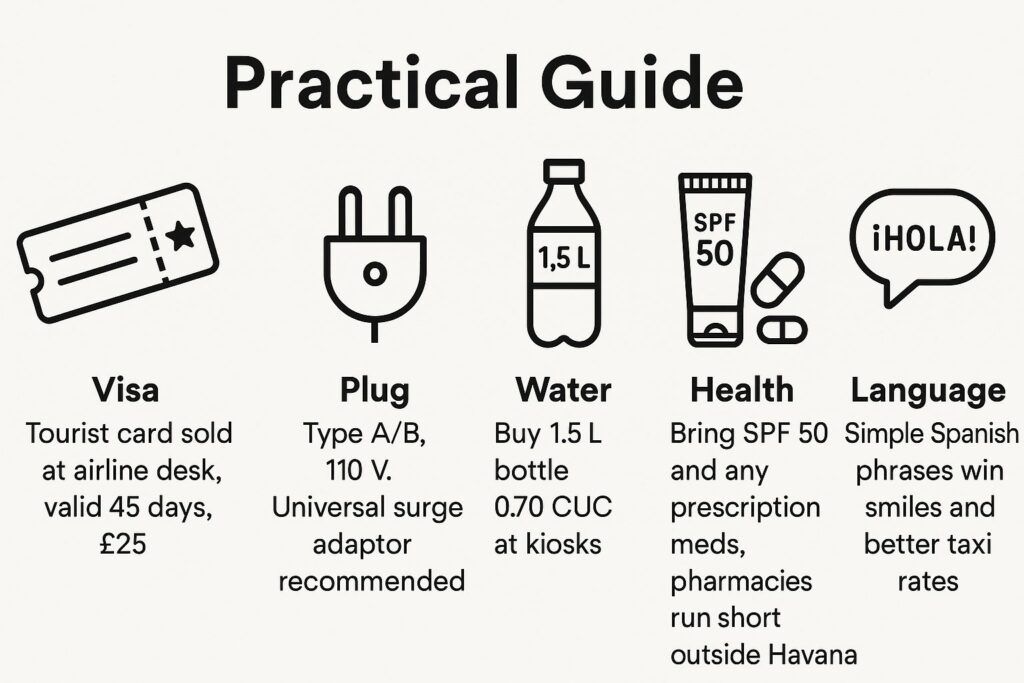
Bookmark this guide at VayCay Couple, keep pesos sorted in small bundles and let salsa rhythms steer your steps.
FAQs
Yes. Cards work in upscale hotels yet many cafés, casas and taxis ask for pesos. Bring euros or pounds in small notes for the best exchange rate.
Yes, though fuel stations outside Havana often empty by noon. Refill early and expect slow traffic on single-lane roads.
Public squares hold hotspots; speed fits messaging but not streaming. Most casas now sell Wi-Fi cards.
Boat captains cancel trips when swell tops one metre. Check sea bulletin at dawn in July-October.
A ropa vieja plate at Doña Eutimia inside Habana Vieja fills any appetite and leaves change for espresso.
You may leave with up to fifty hand-rolled sticks without duty tags; bring shop receipt if you pack more.
